Every skater desires to learn with time how to stop during a line skate, besides knowing how to skate. But we all know nothing good comes easy, so also is mastering the process. It takes practice, patience and strict adherence to guidelines even if you own the best pair of inline skaters out there.
What You Need to Know
The level of speed and control you stand to gain when you cruise on an inline is quite different than going with the normal conventional flow. This is one of the important factors that make inline skating more interesting when compared to other forms of skating.
However, the ability to perform a quick turn can most time be a difficult task. Irrespective of the measure of experience, attaining a decent speed with lesser stress is possible. In my opinion, this is one of the reasons why adrenaline junkies consider skating inline.
That aside, skating inline will test your performing ability, and one of the most dares with most rollerblades is the level of countering and stoppage that is possible once you are on speed. Often, it is normal to have the perception that stopping is a simple function. But most times, it is one of the major steps to grade your ability and skill. In fact, it makes the major difference when it comes to rollerblading! So, I guess you now know how important it is when it comes to inline rolling.
The braking system designed on rollerblades differs when compared to the roller skates in terms of design, position, and shape. This makes the experience entirely new when you’re on a cruise on most roller blades.
Stopping while cruising on inline needs some special styles and moves, which was once developed in the US among different countries in the world. Additionally, the moves can also be enhanced, innovated, and perfected since it a continuous process.
How to Stop Inline Skates?
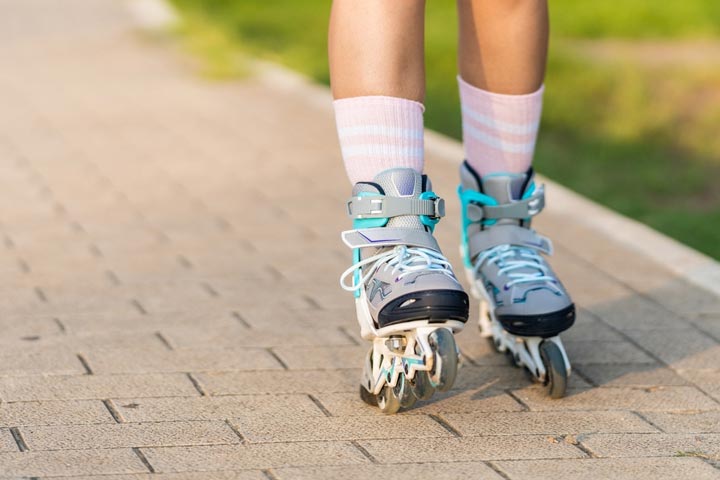
Today, people adopt different styles, techniques, and moves that are sometimes a combination or a variation from the other basic techniques, and these are; the T-stop, the Heel Break, and the Plow Stop.
Aside from these moves, there are also a couple of convenient methods that you can use to limit/ break speed when cruising inline. As you read along, we will explain some techniques and methods that are in respect to how to break down speed and stop when inline skate.
Step #1– With the brakes

A typical inline skate has a brake located beneath the end of the boot. One of the major steps to take is to get low while in motion; this position helps to reduce your gravitational force acting on the body. Now you can use the brake, before this, you will need to slant our needs a bit downwards. The next phase is to apply the skate’s brake when having your legs in position properly.
Now ensure you drag your rear foot backward. At the same time, ensure the width of your feet is not expanded than the width of your shoulder.
Remember
- Avoid looking downwards, ensure your back is kept straight and upwards, try as much as you can not to lean forward; doing that will help reduce the power and limit your braking speed.
- Ensure your eye is focused on the road, and you’re both hands in a forward direction.
- At this phase, you will need to turn the upper part of your skate’s brake accompanying
- Don’t forget; you will need to extend your knee when carrying this out.
- You will need to lose your weight and lower your butt, afterward sit a bit.
Breaking up speed involves a similar process similar to when applying a car brake. This technique, if done rightly, will break down the highest speed on an inline skate.
Step #2– Without the brakes
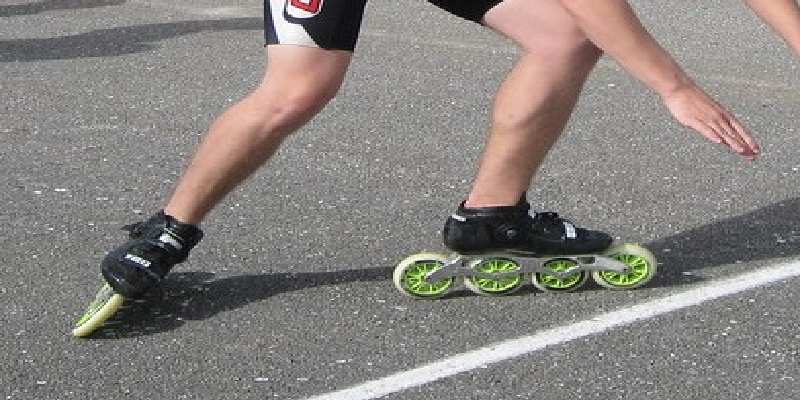
The following techniques are some of the major steps you can apply to control motion while cruising inline. Although the technique shares a bit of difference from each other but has certain similarities that stand out to be major fundamentals of all the three techniques.
All of these methods provide you with a quick answer to the question, “How can I stop an inline skate in the absence of a brake.” For clarity sake, here is an in-depth explanation of how your foot, toes, knees, and entire body can stop on while cruising on inline. So without further ado, let take a head start.
The Plow Stop
If you once skated or skied on the icy environment, then it is possible to take note that once you move an inch away from the direction of the power box, you tend to find yourself a bit ahead of where you started earlier. The next phase of the move is to change the direction of your toes. Your toes are supposedly meant to be in a reversed V shape right in before you. Once your body is in this position, try to crouch and sitting.
What’s the outcome?
Allying your body posture in this position allows you to pull and, at the same time, cover your entire body weight close to the stop. The force created pervades and also get dissipated across the fast lane. By assuming the seating position, your skate is being guided directly inward.
Let’s review the Plow Stop
- Assume a seating position.
- Ensure your toes are pulled together.
- Drag your skates forward.
The T-Stop
Make sure you’re well position in the T-shape direction. Once you are ready, thrust your right or left foot forward, and ensure it is repositioned on the verge. If this is rightly done, you will experience a straight and firm leg position. All you need to do is to ensure you keep your feet straight while in motion. Make sure both ankles are in a stable position and try as much as you can not avoid sliding down; if not, it will break the T-stop position.
By assuming the right T-position and maintaining your legs in the proper position, your hips and shoulder will be a bit forward. Therefore, a bit of force motion will drive the entire body forward. The initially created motion will ensure motion will continue to propel your entire body forward, and the motion will gradually increase until the T stopping techniques are applied. This method is also used to stop figure skates.
Let’s Review the T-Stop
- Push a foot behind you
- Ensure your toes are turned out
- Make sure the wheel of the skate is at an angle to your travel direction
- Apply downward pressure gradually using your foot until you come to a complete stop
- Make sure you have your shoulder positioned in the direction of your travel
The Heel Break
To achieve this, you will need to bow your knees and arms at the same time. You can try using the heel brake to ensure both of your feet are rightly position. Now lift a toe afterward. Pushing a skate will help lift a toe. This should be done if you have a skate that is accompanied with a braking system.
Although most skates are lacking this essential element, if you are confronted with such a scenario, an action like this will only waste your energy and reduce your speed.
Note, it is important to use the heel braking technique if you have enough space before you. Additionally, the heel braking technique won’t work efficiently without enough space. If this is done in a constricted area, most times, it is possible to get slammed on a particular barricade.
Tips to Follow
- If you’re cruising downhill with a bicycle and get scared of the speed you on, I guess you slam down your brakes. But if you are cruising rollerblades, the game is totally a different thing. This time, slowing down becomes pretty difficult. Instead of slowing down, you will need to take advantage of a hill. The brakes can be used to slow down on a hilltop.
- If you get scared of cruising, it is important to anchor yourself to this mantra: everything should be done with safety in focus. Try as much as you can not to cloud your thoughts with imaginations like “this will or will not happen.”
Bail
This method is basically employed when you are encountering emergencies. But most times, having a perfect backup plan can be ideal for complete safety, especially if you are cruising around busy areas. The summary of this technique is to fall directly on the ground. If you have a complete gear on your wrist, knee pads, and elbow then falling on a soft area won’t be of great importance.
Although it’s sometimes important to check out your environment and know a bail place when necessary. Consistent practice can go a long way! The more your speed, the higher your chances of getting injured. On the other hand, bailing successfully on a sidewalk and having a bit of scraped up can be the only alternative way to save yourself and others around you from terrible accidents.
Alternatively, another smart move is to ensure you have a low mass in your center. Slant your knees and your body a bit forward, while you maintain a little distance above the ground. Once your body is lower to the ground level, you tend to reduce the impact of a fall. It is important to fall directly on your hands since it can also reduce the impact of the force created when falling down. Rolling or sliding can also be a good technique to reduce your momentum. Though there is no smooth way to falling but implementing these procedures can most time reduce the gravity of injuries and pains.

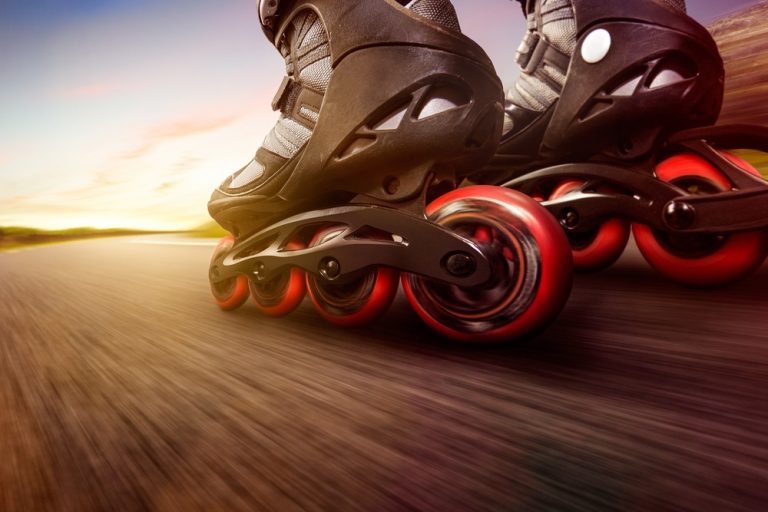
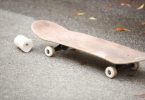
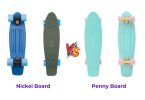
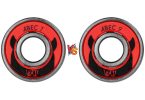
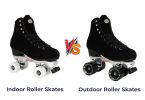
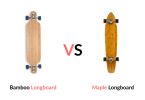


Leave a Comment